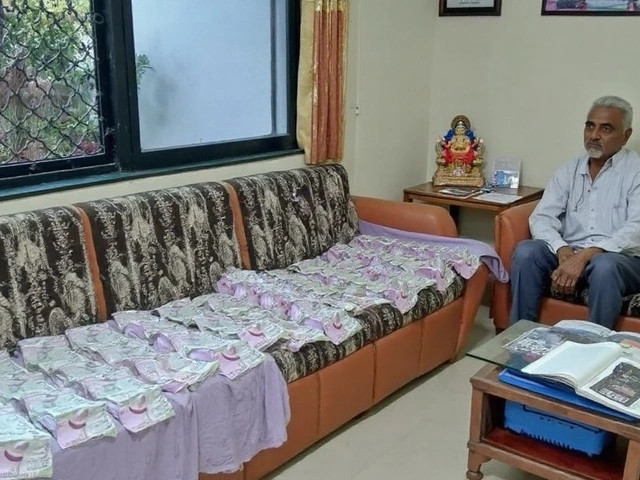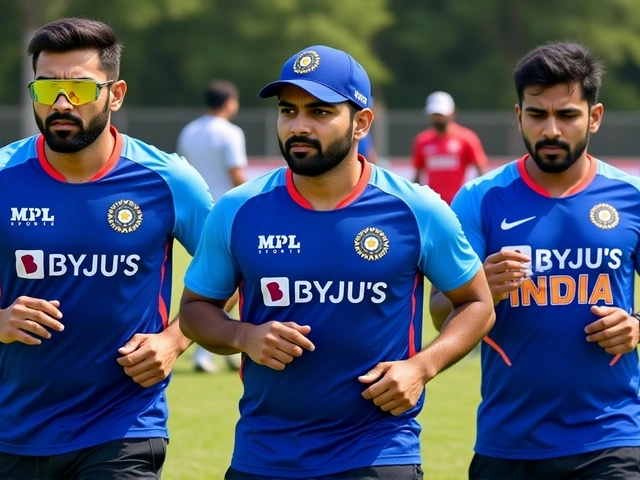Cultural Differences: How Everyday Life Shows the Gaps
Ever wondered why a joke that lands in New York falls flat in Delhi? That's cultural difference at work. It’s not just about food or festivals; it’s the invisible rules that guide how we think, talk, and act. When you spot those rules, you start to see why people react the way they do.
Take the simple act of greeting. In the U.S., a firm handshake feels normal, while in many Asian cultures a slight bow shows respect. Miss the cue and you might look rude without meaning to. That tiny mismatch can set the tone for an entire conversation.
Why Cultural Differences Matter
First, they affect communication. Words carry different weight across societies. "Okay" can mean agreement in Britain and a polite way to end a chat in Japan. If you take it at face value, you could end up promising something you never intended.
Second, cultural habits shape expectations at work. In some countries, staying late is a badge of loyalty; in others, leaving on time is respected. Think of the post about Mahindra SUV price cuts – the author focuses on numbers because Indian readers value concrete savings. A Californian reader might look for how the deal fits a lifestyle of weekend road trips instead.
Third, culture colors how we view authority. The post about PM Modi reminding BJP workers shows a direct, top‑down approach that resonates in a system where leaders are expected to be decisive. In flatter workplaces, that style might feel overbearing.
Finally, cultural lenses influence what we consider newsworthy. The piece questioning “ThePrint” bias highlights that Indian media often balances liberal and centrist views, while a U.S. outlet might lean clearly left or right. Recognizing this helps you read between the lines.
Practical Ways to Bridge the Gap
Start by listening more than you speak. When you notice an unfamiliar habit, ask a simple question: “How do you usually handle this?” That shows respect and gives you a direct clue.
Next, observe body language. People from high‑context cultures tend to rely on gestures and eye contact. A quick glance at a colleague’s posture can tell you if they’re comfortable or uneasy.
Use examples you know. If you grew up eating spicy food, compare it to a milder palate you’ve encountered abroad. The post about authentic Indian foods lists flavors that many overseas readers miss – sharing a bite can turn a cultural gap into a shared experience.
Remember that stereotypes are shortcuts, not facts. Not every Indian traveler loves large family groups, and not every Californian loves surfing. Treat each person as an individual first, culture second.
Finally, practice empathy. Put yourself in the other person’s shoes and ask, “What would I expect if I were in that culture?” That mental switch can turn frustration into curiosity.
When you apply these habits, cultural differences become less of a wall and more of a bridge. You’ll find yourself laughing at jokes you’d otherwise miss, negotiating deals with a clearer sense of what matters, and appreciating news stories from angles you never considered. So next time you feel a cultural clash, pause, observe, and ask – the answer is usually simpler than you think.



